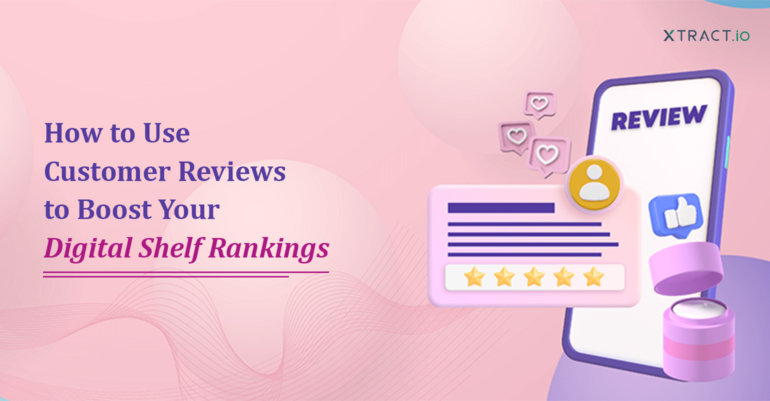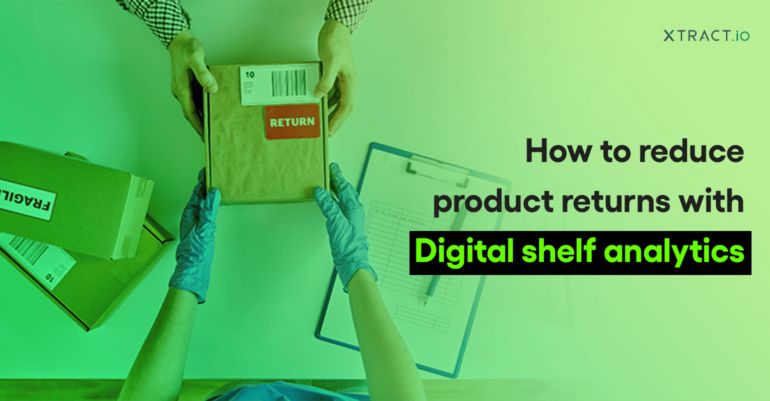Strategy without tactics is the slowest route to victory. Tactics without strategy is the noise before defeat.
Sun Tzu, The Art of War, 512 BC
The traditional business success blueprint could go sideways when it comes to ecommerce. Since Sun Tzu’s time, shared wisdom has put more emphasis on strategy over tactics. However, for ecommerce success using Digital shelf analytics, the strategy needs to be just about 10% to provide direction, while 90% of the focus needs to be on tactics and execution.
This is because of two factors that make ecommerce quite different from any traditional business. You are an open book: All your strategies and actions in ecommerce, be it your pricing, product assortment, channels, or promotion, are very transparent to your customers and competitors.
No friction for your customers to move: It is as easy as one mouse click for your customers to move away from your offering, and at the first impression of irking mediocrity, their fingers hit the mouse.
The online world is a 24/7 game with a level playing field, with competitors ranging from big corporations to small mom-and-pop stores constantly disrupting the field. With the right digital shelf analytics software, intelligent retailers and brands use valuable insights to level up their game with tactics and execution.
A new, exciting line of solutions called Digital Shelf Analytics (DSA) has evolved to manage this area of ecommerce. Gartner predicts Digital shelf analytics will be a critical digital commerce driver for the future. Digisense360 is our powerful digital shelf analytics software to solve this problem for retailers and brands.
The enormous changes in the ecommerce landscape
The COVID-19-induced new normal has driven ecommerce to an eye-popping new trajectory. The projected growth of 10 years has come in just 3 months of 2020, according to a Mckinsey Analysis. This is not a temporary phenomenon that will disappear once the Covid fear passes. China, the first to be hit and the first to get back to everyday life, has seen a significant, irreversible demographic and behavioral shift that continues to drive ecommerce growth. According to WD Partners, ecommerce sales volume will overtake physical retail by 2024 in the US.
So, ecommerce is undoubtedly a promising industry over the next few decades. In any large and evolving industry, every business can find its niche for growth if it is open to changes and developing technologies. The big ‘If’ is, can the smaller companies move fast to adopt the right technology and business process changes to take a piece of the pie. In fact, with the right technology aids, the skill of smaller players can be a competitive advantage in this fast-growing area.
4 Areas to be agile and tactical using DigiSense360
Once you have your strategic positioning and your target customer segment, you need to have a 360-degree view of who your competitors are and what’s driving your target segment’s buying behavior.
One of the challenging as well as opportunistic aspects of ecommerce is its ginormous scale – you can have an ‘endless aisle’ of products (you don’t necessarily have to hold inventory) and an entire world of customers (you don’t necessarily have to own the logistics to reach them). A defining feature of the modern ecommerce industry is automation, which makes it possible to compete with the big guys on an equal footing.
DigiSense 360: Advanced Digital shelf analytics software and beyond
Digital shelf analytics software precisely monitors, measures, and manages your ecommerce performance. Mobius has launched its Digital shelf analytics, DigiSense360. It is an automation-based ecommerce intelligence platform that keeps you close to your customers and one-up over the competition. This is how it helps:
Monitor
- Track competitors’ product assortment, pricing, and promotions on their ecommerce sites and marketplaces.
- Monitor the marketplaces on your search results ranks, content scores, channel compliance, stock availability, assortment gaps, and customer rating insights.
- Analyze customer reviews about your service and products across marketplaces and other review sites.
Measure
- Asses what products, bundling, and promotions work best in the category
- Track competitors and price intelligently in different channels in line with your strategy
- Measure your search visibility and customer rating scores and act on them.
Manage
- Single-click decision syndication system for instant actions on your decisions
- AI-based recommendations algorithm that uses data-driven insights
- 24/7 human assistance for support and managed services
Why DigiSense360?
Digisense360 is a culmination of nearly two decades of ecommerce industry operations knowledge of Mobius, a leader in ecommerce services. Mobius has worked with big-box retailers like Walmart, Target, and Tesco and numerous small businesses in catalog management, competitor intelligence, organic search, channel onboarding, etc.
It has also worked on Marketplaces and Shopping Engines, like Amazon & eBay (in multiple geographies), Google Shopping, and various European and APAC marketplaces as their back-office services provider since 2002. During these engagements, Mobius has built significant expertise and proprietary technologies that form the base for DigiSense360, giving you a dependable and insightful tool to keep you on top of the online world.
Considering your ecommerce requirements, DigiSense360 is designed to suit every venture’s need and budget. Get a 30-day free trial on booking a demo, a great chance to closely examine our features and functionalities that will make your digital shelf drive more excellent sales.
Commonly asked questions on Digital shelf analytics
Q1. What is digital shelf analytics?
Digital shelf analytics refers to collecting and analyzing data related to product listings, pricing, promotions, availability, ratings, reviews, etc., on ecommerce sites and marketplaces. It provides insights to optimize product pages for improved discoverability and sales.
Q2. Who can use digital shelf analytics software?
Digital shelf analytics software is helpful for ecommerce brands, sellers, retailers, and marketplaces to monitor and analyze their product performance across online channels. It allows them to identify opportunities and fix gaps to increase sales and conversion rates.
Q3. What are the core functionalities of digital shelf analytics?
The core functionalities of digital shelf analytics solutions include:
– Centralized tracking of product content across channels
– Monitoring online prices and price competitiveness
– Managing and optimizing promotions and campaigns
– Analyzing product discoverability in search and category listings
– Benchmarking against competitor strategies
– Competitor price and content monitoring
– Analytics on ratings, reviews, and questions
Q4. How do I choose the right digital shelf analytics tool for my ecommerce business?
When selecting an analytics platform, key factors are data coverage across channels, integration capabilities with ecommerce platforms, actionable insights and recommendations, ease of use and training provided, customer support, and pricing models (subscription, transaction, or volume-based).
Q5. Can I monitor all my ecommerce marketplaces with Digital shelf analytics?
A robust digital shelf analytics solution should allow monitoring and managing product listings across multiple ecommerce marketplaces like Amazon, Walmart, eBay, etc., from a single dashboard. However, the depth of coverage may vary among providers based on channel partnerships.







